History of the Paper Airplane
Paper airplanes have a more noble and storied history that their slender, folded frames bespeak. Considered by most in modern times to be a child’s pursuit, the humble paper airplane has played an important part in man’s quest for flight.
The First Gliders and Research Models
The exact origins of paper airplanes are lost in the mists of ancient early civilization, but evidence points to folded paper gliders being developed and refined concurrently in Ancient China and Japan sometime around 500 BC. Though records point to increased and widespread manufacturing of these folded paper gliders for nearly a century after this period, no images or details remain regarding how they were constructed, or even what form these original paper aircraft took.
For over a thousand years after this, paper aircraft models were built and studied by the pioneers of powered flight in order to design larger machines. Leonardo da Vinci wrote of constructing a model plane from parchment, and using paper models to test his ornithopter and parachute designs.
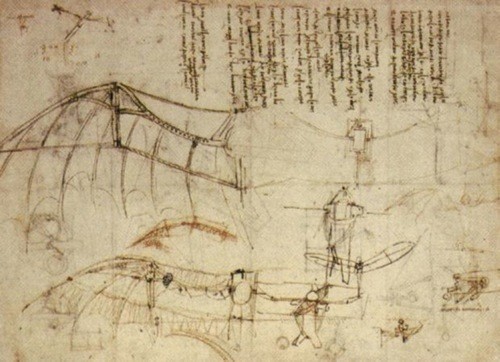
The Dawn of Modern Aviation
In the late 19th century, modern aviation pioneers such as Sir George Cayley, Clement Ader, Charles Langley, and Alberto Santos-Dumant would test their ideas with paper models to confirm (in scale) theories before putting them into practice with larger, heavier craft.
But perhaps the most significant and influential use of paper airplanes in aircraft design happened over a four-year period, from 1899 – 1903, in Dayton, Ohio. The Wright Brothers built many and varied paper models, and testing them in their homebuilt wind tunnel, gained a much greater understanding of the forces at play on an aircraft during flight. In particular, as the Wrights observed the forces produced by flexing and bending the wings on their paper models, they determined that control through warping of flight surfaces would be the most effective method, leading to their developing more refined aileron and elevator control surfaces*.
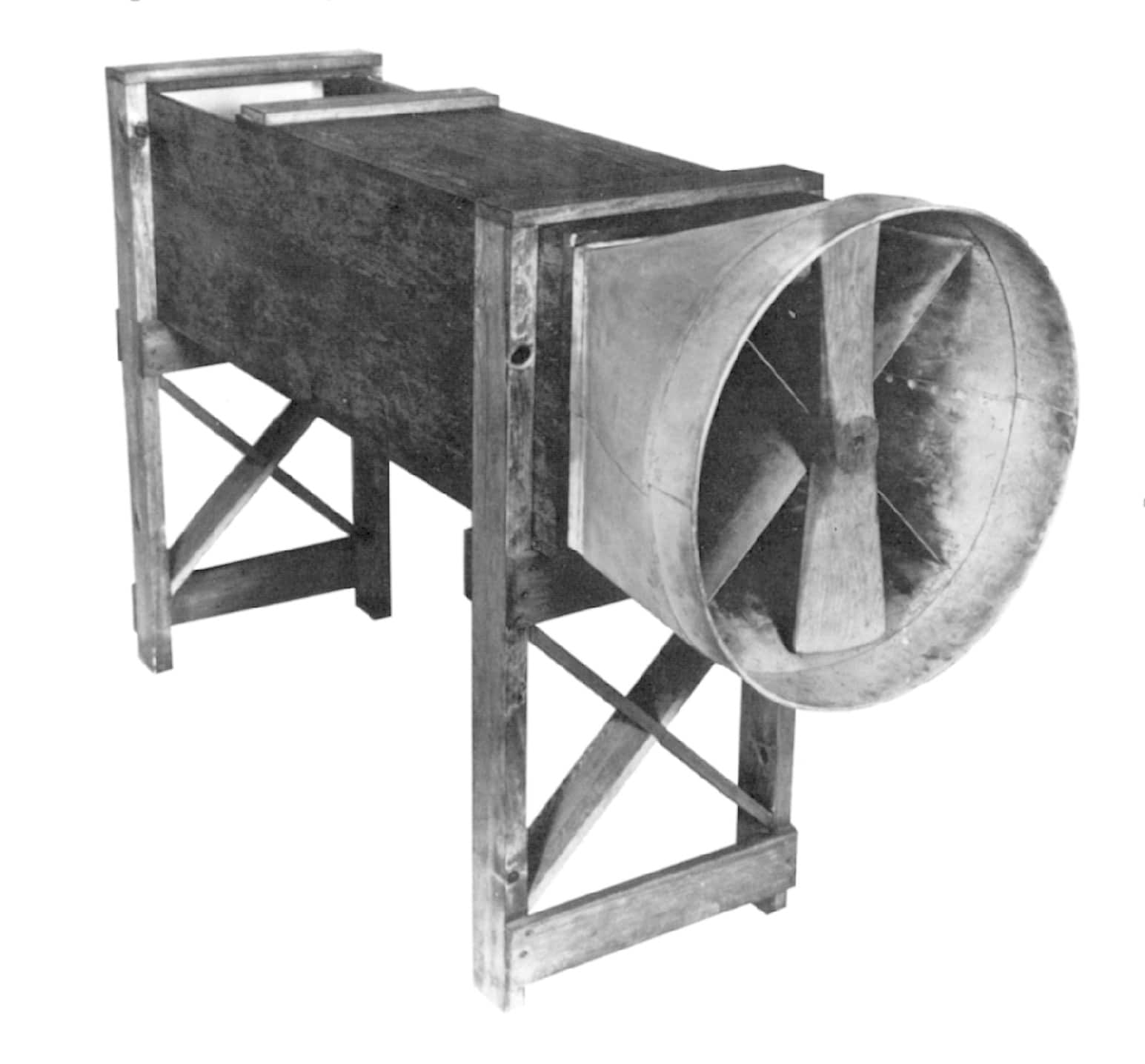
Following the aviation explosion in the early 20th century, paper airplane models remained a valuable testing asset, with Jack Northrop (a co-founder of the Lockheed Corporation) using them to test experimental new designs in the 1930s, and German designers Heinkel and Junkers using paper airplane models to establish basic performance and structural form in many important projects, such as the development of tactical bombers.
The Paper Aircraft of Today
Though the rise of technology dramatically lessened the overall use of paper models in testing, technology has given the paper airplane a new lease in life as a serious pursuit for aviation enthusiasts and model builders. With the widespread availability of CAD (Computer Aided Design) software, the rise of the Internet, and inexpensive printers allowing for accurate reproduction of the design parts, paper airplane designs have become both more complex, requiring precise cutting, folding and gluing, and more easily available to the public.
In fact, with the right design additions and material, people were able to dramatically increase the glide distance of these new craft by five or six times as much as the standard folded paper airplanes. Two people in particular stand out in the field of modern paper airplane design: Japanese Professor Yasuaki Ninomiya, and South African Professor E.H. Mathews.
In the 1980s, Professor Ninomiya started designing advanced paper airplanes, which he sold under the name ‘White Wings’. Originally an all paper design, these planes required patience and skill to assemble, eventually leading Professor Ninomiya to supplement the design with a balsa wood fuselage, which made construction easier. Among Professor Ninomiya’s innovations was creating the first paper models with a working propeller driven by airflow**.
At roughly the same time, Professor Mathews, a professor of Thermodynamics, published his first collection of high performance model paper airplanes, under the title ‘Paper Pilot’ (1984). The collection featured patterns of parts printed on lightweight cardstock, and was successful enough that Professor Mathews published additional volumes Paper Pilot 2 (1988), Paper Pilot 3 (1991), and 12 Planes for the Paper Pilot (1993). Among Professor Mathews’ more unique designs was the Papercopter, a stable model helicopter design using a trimmable annular ring with the body of the craft suspended below.
Paper Airplane World Records
As with most hobbies, there is a serious worldwide community of paper airplane enthusiasts, and they have, over the last three decades, set and re-set two records that are contained in the pages of the Guinness Book of World Records***. They are the ‘Distance’ and ‘Time Aloft’ records.
Aeronautical engineer Ken Blackburn held the ‘Time Aloft’ record for 13 years (1983 – 1996) and regained it once more in 1998 by keeping a paper aircraft (classified as a ‘glider’) aloft for 27.6 seconds. He held the record for another 12 years until in 2010, Takuo Toda, chairman of the Japan Origami Airplanes Association, broke Blackburn’s record by keeping a plane aloft for 27.9 seconds.
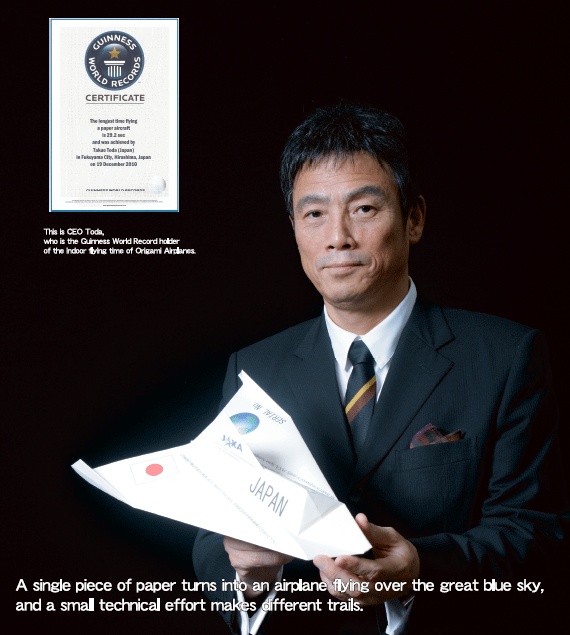
Two years later in 2012, Mr. Toda broke his own record, managing to keep his paper airplane aloft for 29.2 seconds! Below is a video of the world record setting flight:
Interestingly, this in not the only Guinness World Record held by a member of the Japan Origami Airplanes Association. On January 10th, 2010, JOAA Instructor Fumihiro Uno set the record for Paper Aircraft Accuracy, by throwing a paper airplane into a bucket 13 consecutive times over a period of two and a half minutes, from a distance of 9 feet, 10 inches (3 meters). Here is a video of this strange record being set:
Joe Ayoob set the current world distance record of 226 feet (69.14 meters) throwing a paper airplane designed by aircraft designer John Collins, in February of 2012.
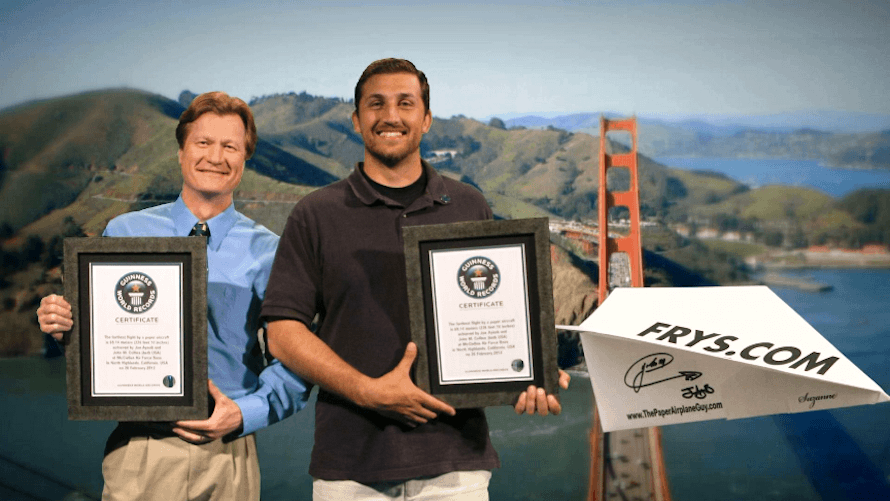
Below is a video of this incredible throw:
Paper Airplanes Take Flight… in Space?
A prototype paper plane passed durability tests in a wind tunnel, and JAXA, the Japanese space agency, considered launching planes from the International Space Station. This idea was put on hold by the prototypes developers Takuo Toda (aforementioned holder of the ‘Time Aloft’ world record) and Shinji Suzuki, an aeronautical engineer and professor at Tokyo University, when they realized it would be next to impossible to track the planes once released, if any of them were able to survive re-entry.
Interestingly, in February of 2011, 200 paper airplanes designed to maintain stable flight in winds of up to 100 miles per hour were launched from a weather balloon 23 miles above Germany. These planes, equipped with memory chips from which flight data could be downloaded, were found all over Europe, in North America, and even Australia!
In Conclusion
Paper airplanes have played a unique and important role in the history of aviation, and should be paid proper respect. Also, they’re really fun to play with too. For anyone in the mood for a little fun, below is a standard airplane design which can have you flying your own craft in minutes. Enjoy, and next time May 26th rolls around, fly a paper airplane in observance of the unofficial National Paper Airplane Day.
[EDIT: I previously had National Paper Airplane Day as June 21st, but reader Richard LeCour set me straight and provided the correct date of May 26th.]
——-
* – Though first patented in 1868 by British scientist and inventor Matthew Piers Watt Boutlon, the Wright Brothers were granted a US Patent for the invention of a ‘system of aerodynamic control that manipulated an airplane’s control surfaces’ in 1906. This caused considerable litigation back and forth until the advent of World War 1 caused the US Government to step in and broker a legal resolution to the issue.
** – Professor Ninomiya’s first prop driven paper models were of the Cessna Skymaster and Piaggio P.136.
*** – The Guinness Book itself holds two world records: The best selling copyrighted book series of all time, and one of the most frequently stolen books from US Public libraries.
EDIT: In the comments section below, reader Kevin Saunders mentions the 1st International Paper Airplane Contest, and the accompanying publication, The Great International Paper Airplane Book. Though it was first published in 1971, those who are interested can still find and purchase a used copy through either Amazon or eBay.
Subject: Aviation History YOUTUBE






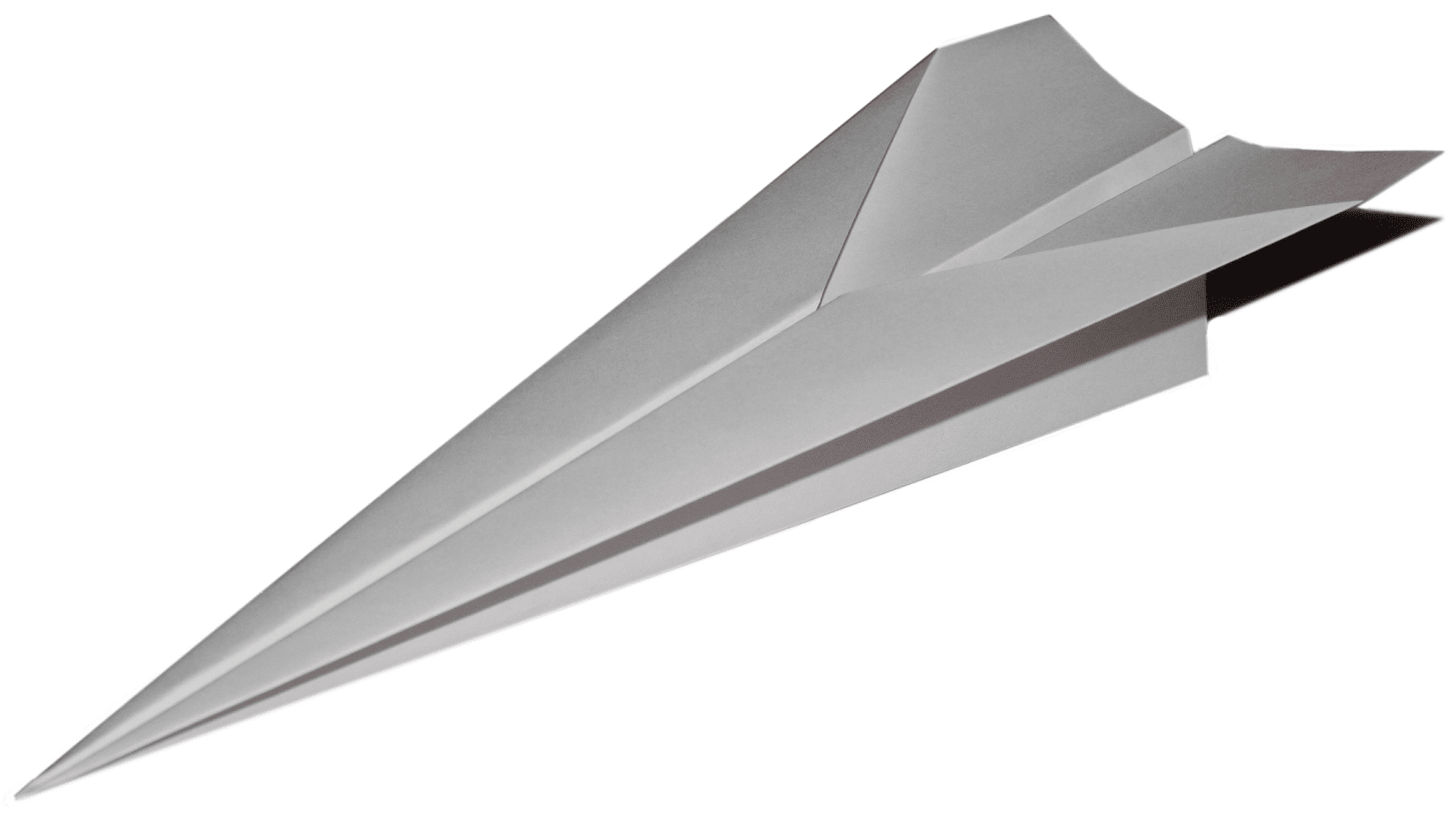
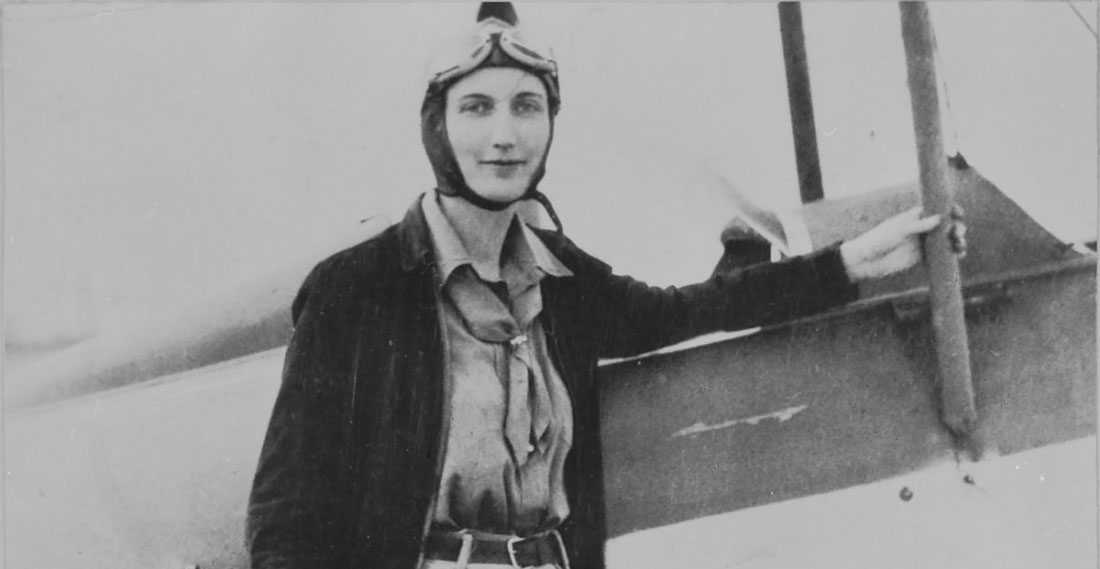






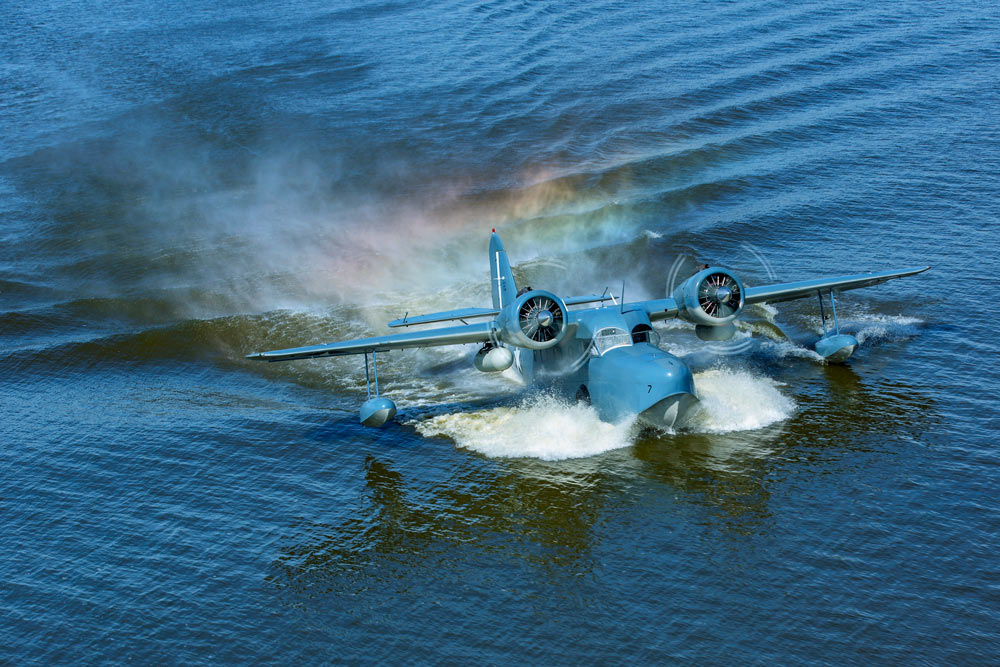

FYI – Another big historical moment in paper airplane history was the 1st International Paper Airplane contest sponsored by Scientific American and subsequent “The Great International Paper Airplane Book” Mander/Dippel/Gossage. Ironically, the paperback was published on June 15, 1971, my 9th birthday. My Sprit design is directly descended from the design on the top right corner.
Kevin,
That’s awesome! Thanks for sharing. I’d have loved to be there for the contest, and see some of the different (and probably occasionally crazy) designs that people came up with.
How long have you been designing paper airplanes? Judging from your sight, it looks like the ‘Spirit’ is your ultimate design. How long did it take you to get to that design?
Hi Anders,
Sorry for the late reply.
Yes, the Spirit is my pride and joy. My attempt to improve James Sakoda’s winning dart design. The Sprit you see today is the third generation. Seems like I’ve been working on her my whole life. ; )
Minor correction: National Paper Airplane Day is on May 26, not June 21.
Richard,
Right you are! Oddly, some sources still list it as June 21, but both Wikipedia and //www.nationalpaperairplaneday.org/ have it as May 26th, so it appears May 26th is indeed the right day.